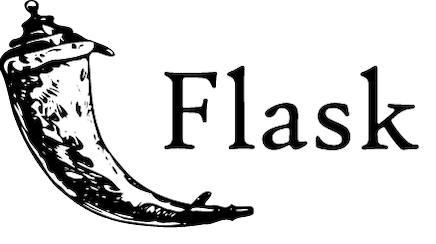
In this tutorial, we will show you how to install Flask on CentOS 8. For those of you who didn’t know, Flask is an open resource micro web framework for Python. It is known as a microframework since it does now not require specific tools or libraries. Flask supports extensions that may add software features as if they were carried out in Flask itself. Extensions exist for object-relational mappers, form validation, add handling, various open authentication technology, and several normal framework-associated tools. Purposes that use the Flask framework incorporate Pinterest and LinkedIn.
This article assumes you have at least basic knowledge of Linux, know how to use the shell, and most importantly, you host your site on your own VPS. The installation is quite simple and assumes you are running in the root account, if not you may need to add ‘sudo‘ to the commands to get root privileges. I will show you the step-by-step installation of the Flask web framework on CentOS 8.
Prerequisites
- A server running one of the following operating systems: CentOS 8.
- It’s recommended that you use a fresh OS install to prevent any potential issues.
- SSH access to the server (or just open Terminal if you’re on a desktop).
- A
non-root sudo useror access to theroot user. We recommend acting as anon-root sudo user, however, as you can harm your system if you’re not careful when acting as the root.
Install Flask on CentOS 8
Step 1. First, let’s start by ensuring your system is up-to-date.
sudo dnf clean all sudo dnf install epel-release sudo dnf update
Step 2. Installing Python.
Run the following command to install the python3 package:
sudo dnf install python3
To verify the installation, check the Python version by typing:
$ python3 --version Python 3.6.8
Next, set the default python version.
To set Python 3 as the system-wide unversioned python command, use the alternatives utility:
sudo alternatives --set python /usr/bin/python3
Step 3. Installing Flask on CentOS 8.
Once a new environment was created successfully, the next step is to do the Flask installation:
pip install Flask
Verify the installation:
(venv) [root@idroot]# python -m flask --version Python 3.6.8 Flask 1.1.2 Werkzeug 1.0.1
Congratulations! You have successfully installed Flask. Thanks for using this tutorial for installing the Flask web framework on CentOS 8 systems. For additional help or useful information, we recommend you check the official Flask website.